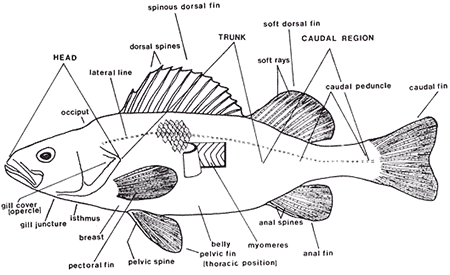Fish Sense!
Tips from Port Clyde’s Fishermen and Families
Store Your Fish: Don’t store your fish in a plastic bag or wrapped in plastic! Leaving your whole fish stored in ice allows it to breathe and preserves it for much longer than storage bags or plastic wrap does. Make sure to drain the water off of your fish periodically as the ice melts. –Port Clyde Fisherman and MFA chairman Glen Libby
How not to Overcook Your Fish: Always cook your fish gently over moderate heat so that the middle of your fish will cook without drying the outside of it. The universal temperature for baking fish is 350 – 400 degrees Fahrenheit. Be careful not to overcook your fish or it will be dry!
Use Every Bit of Your Fish: The many practical uses of the different parts of a whole fish are yet another benefit to receiving whole fish. If you don’t turn the rack into fish stock, an ice cream scoop is a very efficient way to scrape the last of the meat off of the rack after filleting. Similarly a potato peeler allows you to scrape the last of the meat from the head of the fish. Turn the bits of meat you’ll glean this way into fish cakes by adding some breadcrumbs, egg and seasonings. –Kerry Altiero, owner and head chef of Cafe Miranda.
Buy a Good Filleting Knife: It’s worth the investment-you get the best yields from filleting when you use a good knife. And keep your filleting knife very sharp! A dull knife is very likely to slip and cut you in addition to the fish you are trying to fillet. Our local knife supplier is Hamilton Marine of Rockland. Their experts can answer all of your questions, and help you find the perfect filleting knife.
Buying Whole Fish Allows you to Make Fish Stock: Once your fish is filleted, the rack (the spine and the meat left on the spine) can be used to make fish stock. Cover the rack with water ina pot, adding onion skins and other vegetable peelings if you like. Bring the water to a boil, then lower the heat and simmer until the meat falls from the bones. Once the stock cools, strain the fish stock to remove the bones.

